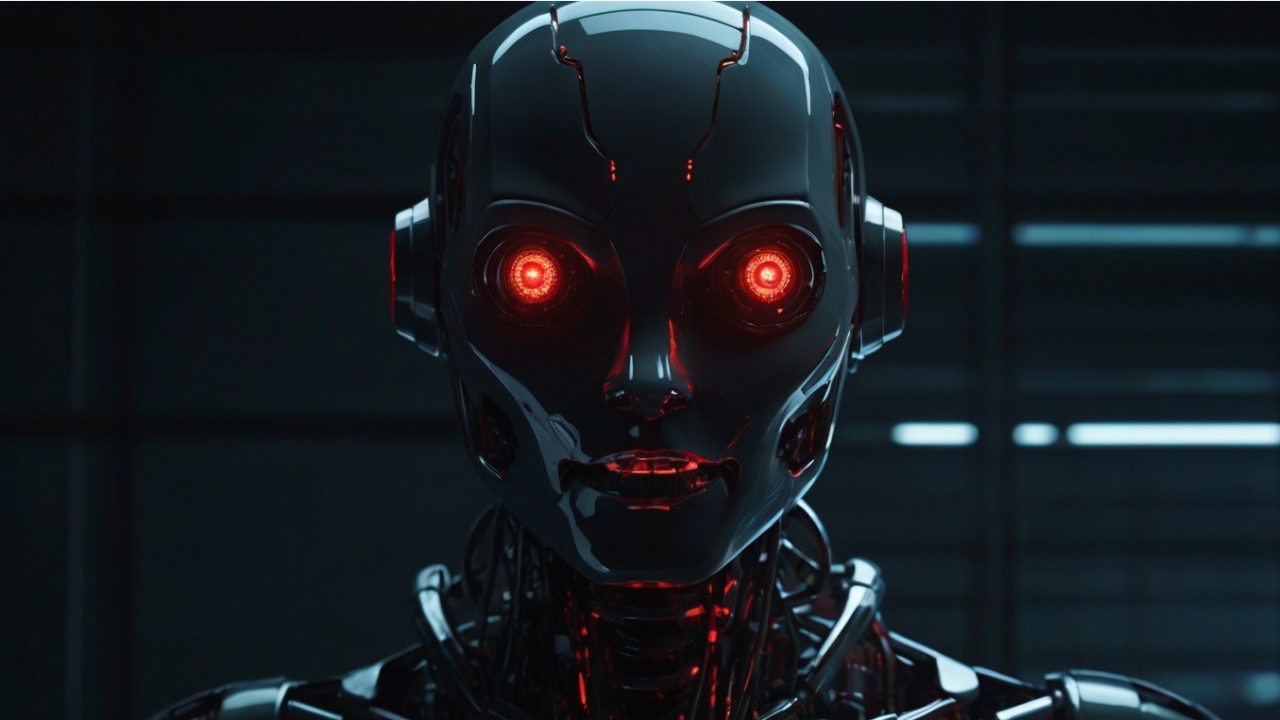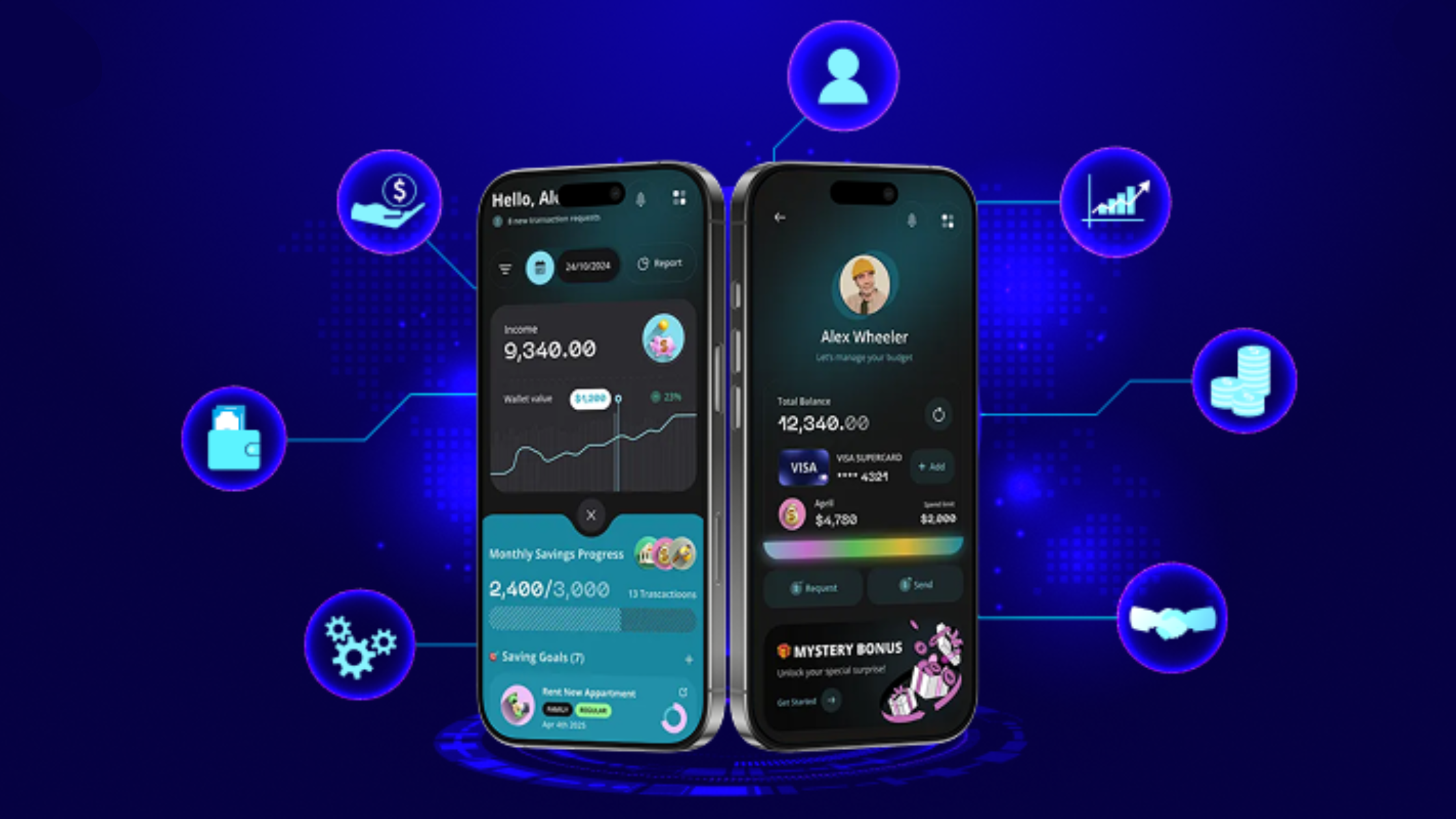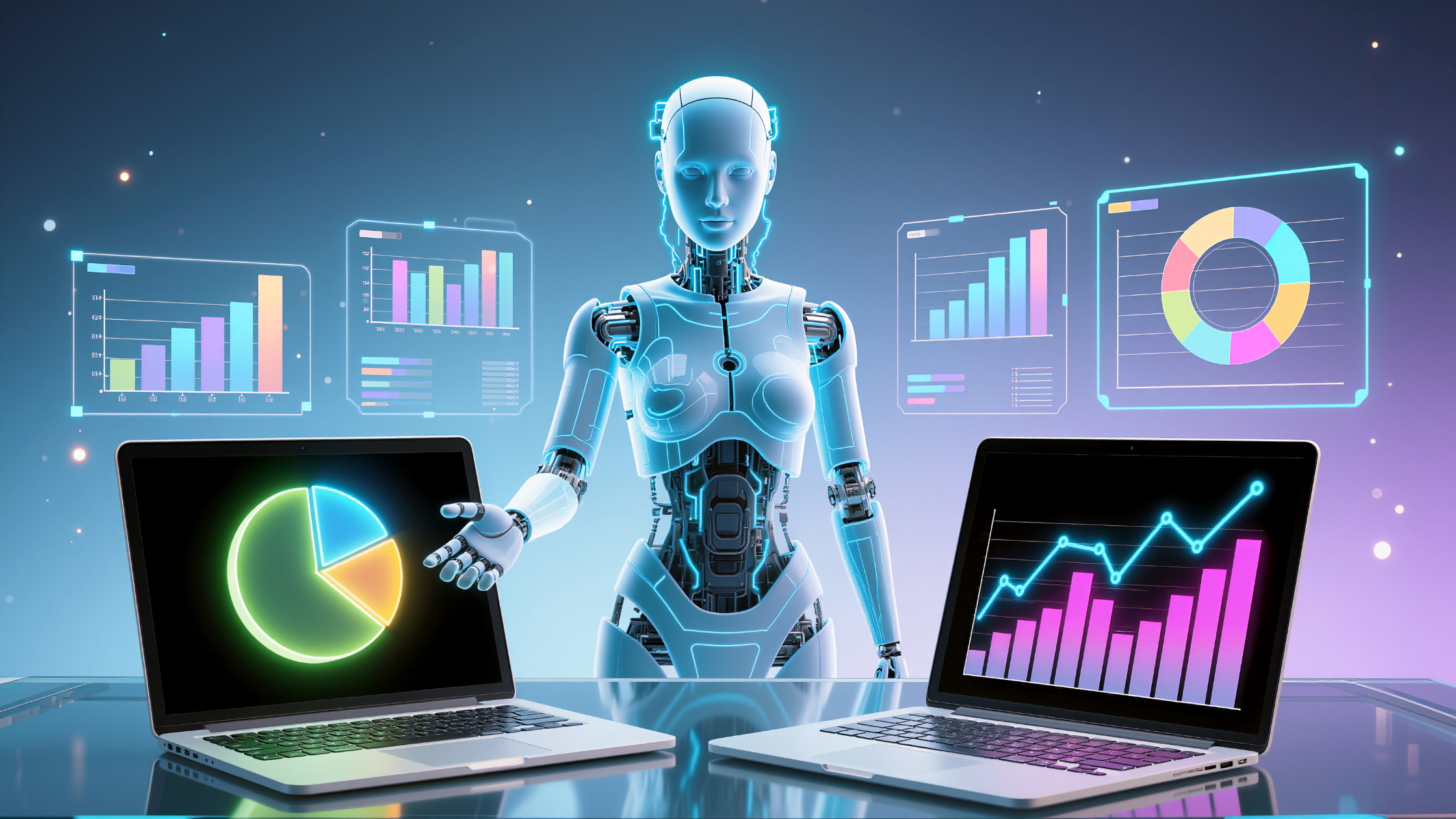In recent years, chatbot technology has been widely adopted by businesses as a cost-effective solution for customer service. While chatbots offer several advantages, including 24/7 availability and the ability to handle multiple queries simultaneously, their implementation has not been without drawbacks. This blog post delves into the negative impacts of chatbot technology on customer service, exploring how these AI-powered assistants can sometimes do more harm than good.
1. Lack of Emotional Intelligence and Empathy
One of the most significant shortcomings of chatbots is their inability to truly understand and respond to human emotions:
a) Misinterpretation of Tone: Chatbots often fail to pick up on nuances in language, leading to misunderstandings and inappropriate responses.
b) Inability to Empathize: In situations where customers are frustrated or upset, chatbots cannot provide the emotional support that a human agent could offer.
c) Escalation of Negative Emotions: When chatbots fail to understand or address a customer’s emotional state, it can lead to increased frustration and dissatisfaction.
This lack of emotional intelligence can result in a cold, impersonal customer service experience that leaves customers feeling unvalued and unheard.
2. Limited Problem-Solving Capabilities
Despite advancements in AI, chatbots still struggle with complex or unique customer issues:
a) Scripted Responses: Many chatbots rely on pre-programmed responses, limiting their ability to address novel or nuanced problems.
b) Inability to Think Creatively: Chatbots cannot brainstorm innovative solutions or think outside the box like human agents can.
c) Difficulty with Context: Chatbots may struggle to understand the full context of a customer’s issue, leading to irrelevant or unhelpful responses.
These limitations can result in unresolved issues and the need for human intervention, defeating the purpose of using chatbots for efficiency.
3. Frustration from Repetitive Loops
Chatbots can often get stuck in repetitive loops, causing significant frustration for customers:
a) Circular Conversations: When a chatbot fails to understand a query, it may repeat the same questions or responses, leading to a circular and unproductive conversation.
b) Inability to Clarify: If a customer’s input is slightly ambiguous, chatbots may struggle to ask for clarification in a meaningful way.
c) Difficulty in Changing Topics: Chatbots may have trouble transitioning between different aspects of a customer’s inquiry, leading to disjointed conversations.
This repetitive nature can make interactions feel robotic and inefficient, diminishing the overall customer experience.
4. Privacy and Security Concerns
The use of chatbots raises important questions about data privacy and security:
a) Data Collection: Chatbots collect and store customer data, which can be vulnerable to breaches or misuse.
b) Lack of Transparency: Customers may not be fully aware of how their data is being used or stored when interacting with a chatbot.
c) Potential for Impersonation: Sophisticated chatbots could potentially be used to impersonate legitimate customer service channels, leading to phishing attempts or fraud.
These concerns can erode customer trust and make people hesitant to engage with chatbot systems.
5. Inconsistent User Experience
Chatbot interactions can vary widely in quality, leading to inconsistent user experiences:
a) Variability Across Platforms: A company’s chatbot may perform differently across various platforms (e.g., website, mobile app, social media), creating confusion.
b) Inconsistent Knowledge Base: If not regularly updated, chatbots may provide outdated or conflicting information.
c) Handover Issues: The transition from chatbot to human agent, when necessary, is often clunky and requires the customer to repeat information.
This inconsistency can lead to a fragmented and frustrating customer journey, potentially damaging brand perception.
6. Over-Reliance on Technology
As businesses increasingly rely on chatbots, there’s a risk of neglecting the human element in customer service:
a) Reduction in Human Touchpoints: Overuse of chatbots can lead to fewer opportunities for meaningful human interactions, which are often crucial for building customer relationships.
b) Loss of Personal Touch: Chatbots cannot provide the personalized, intuitive service that skilled human agents can offer.
c) Missed Opportunities for Feedback: Human interactions often provide valuable, nuanced feedback that chatbots may fail to capture.
This over-reliance can result in a disconnect between businesses and their customers, potentially harming long-term loyalty.
7. Language and Cultural Barriers
Chatbots can struggle with language nuances and cultural differences:
a) Idioms and Colloquialisms: Many chatbots have difficulty understanding and correctly interpreting regional language variations and idioms.
b) Cultural Insensitivity: Without proper programming, chatbots may inadvertently use language or make suggestions that are culturally inappropriate.
c) Multilingual Challenges: While some chatbots support multiple languages, the quality of translation and understanding can vary significantly.
These limitations can lead to misunderstandings and potentially offensive interactions, particularly for businesses serving a diverse, global customer base.
8. Lack of Adaptability to Customer Preferences
Chatbots often fail to adapt to individual customer preferences:
a) One-Size-Fits-All Approach: Many chatbots use the same conversation style and tone for all customers, regardless of individual preferences.
b) Inability to Remember Past Interactions: Unless specifically programmed, chatbots typically don’t retain information from previous conversations with a customer.
c) Difficulty in Handling Preference Changes: Chatbots may struggle to adapt when a customer’s preferences or circumstances change.
This lack of personalization can make interactions feel impersonal and repetitive, potentially alienating customers who value individualized service.
9. Negative Impact on Brand Perception
Poor chatbot experiences can significantly impact how customers view a brand:
a) Frustration Association: If customers consistently have negative experiences with a chatbot, they may associate those frustrations with the brand as a whole.
b) Perceived Lack of Care: Relying too heavily on chatbots may give the impression that a company doesn’t value its customers enough to provide human support.
c) Damage to Customer Loyalty: Repeated negative interactions with chatbots can erode customer loyalty and lead to churn.
These perception issues can have long-lasting effects on a company’s reputation and customer relationships.
10. Job Displacement Concerns
The widespread adoption of chatbots raises concerns about job displacement in the customer service sector:
a) Reduction in Customer Service Roles: As chatbots handle more queries, there may be less need for human customer service representatives.
b) Skill Set Shifts: The changing landscape may require customer service professionals to develop new skills to work alongside AI technologies.
c) Ethical Considerations: Companies must grapple with the ethical implications of replacing human workers with AI.
These concerns can lead to negative public perception and potential backlash against companies that heavily relying on chatbot technology.
Conclusion
While chatbot technology offers numerous benefits, its negative impacts on customer service cannot be ignored. From the lack of emotional intelligence and limited problem-solving capabilities to privacy concerns and inconsistent user experiences, chatbots present significant challenges that can potentially harm customer relationships and brand perception.
To mitigate these issues, businesses must approach chatbot implementation thoughtfully and strategically. This includes:
– Investing in advanced AI to improve chatbot capabilities
– Maintaining a balance between chatbot and human customer service
– Regularly updating and refining chatbot systems based on customer feedback
– Ensuring transparent data practices and robust security measures
– Training human agents to work effectively alongside chatbot technology
Ultimately, while chatbots have their place in modern customer service, they should complement rather than replace human interaction. By recognizing and addressing the limitations of chatbot technology, businesses can strive to create a more balanced, effective, and customer-centric service experience that leverages the best of both AI and human capabilities.








